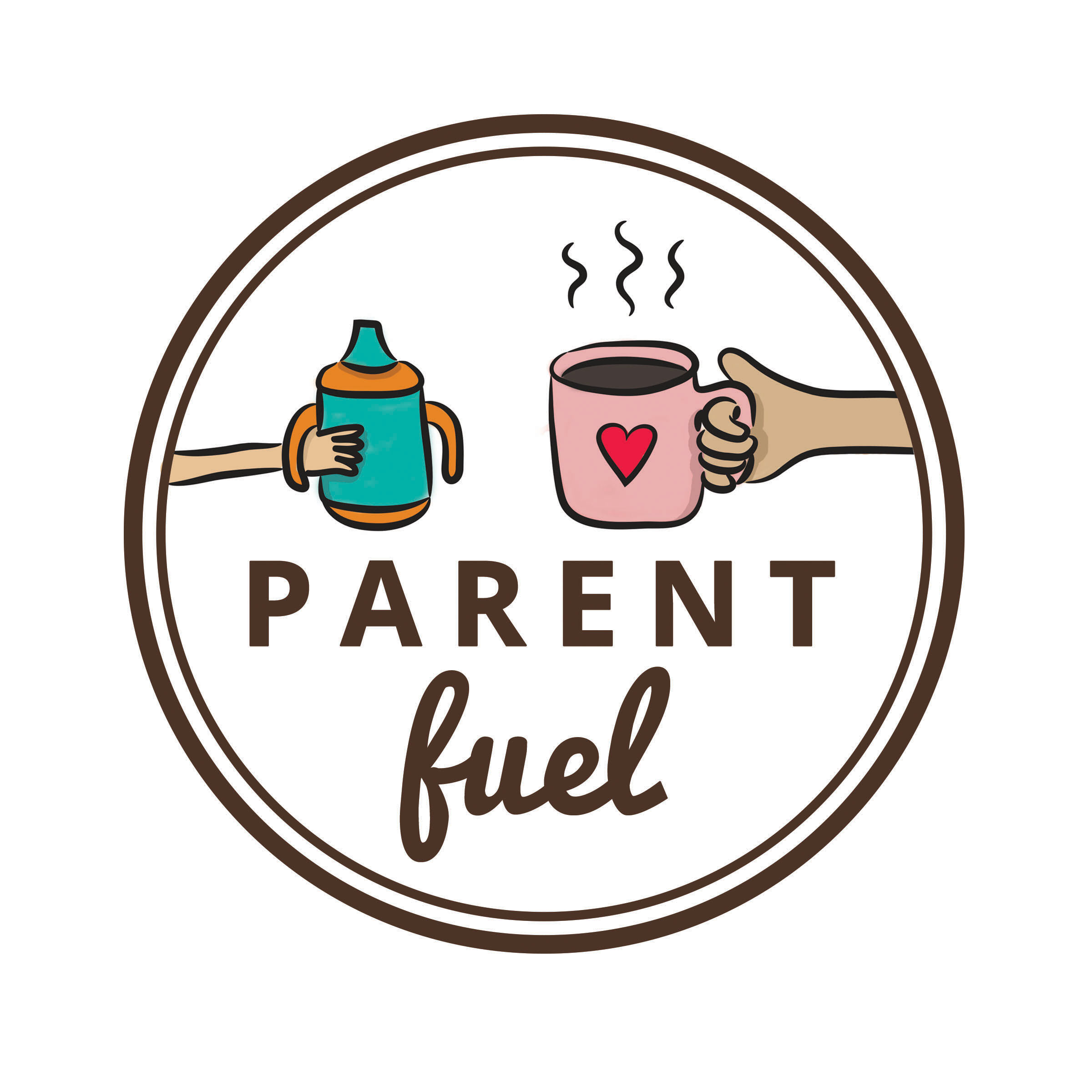 As I sit here and write, it’s just another weekday, and it’s just another Facebook post. Except it doesn’t feel like an ordinary day when the nation’s second-largest school system cancels school due to bomb threats. Yes, I’m talking about the Los Angeles School District closure that turned out to be a hoax instead of a real threat. But more than that, I’m talking about how I’m shutting down but I need to open up and figure out how to talk to my kids.
As I sit here and write, it’s just another weekday, and it’s just another Facebook post. Except it doesn’t feel like an ordinary day when the nation’s second-largest school system cancels school due to bomb threats. Yes, I’m talking about the Los Angeles School District closure that turned out to be a hoax instead of a real threat. But more than that, I’m talking about how I’m shutting down but I need to open up and figure out how to talk to my kids.
It's fine to log off of my computer and take a walk with the dogs when the news of the world becomes overwhelming, I want to know how to talk with my kids about random shootings, not-random shootings, and all the violence I’d rather not try to understand.
What’s a mom, a dad, a caregiver, a human in charge of a child to do? I’ve perused the Internet for you, looking for helpful information. Although I’ve got to say turning off the Internet and taking a walk outside with your family is good advice, too, even if it’s just from me to you.
Of course, chase down the facts before talking to children about important topics. New York Times Motherlode editor KJ Dell’Antonia rips the blinders off my eyes with these words: “Schools deal with bomb threats regularly, and have for many years.” In this column, she also points parents to this article that concludes most violent school threats are empty threats.
While I’d rather pretend my kids don’t glean information from the atmosphere, my youngest brought up ISIS before I ever said the acronym to her.
“Children are fantastic observers, but poor interpreters. They notice what is going on around them, what is being said and what is not,” writes local parent educator Sarina Behar Natkin in “How to Talk to Kids about Violence and Terror.”
“If we don’t talk to them about what they are seeing and hearing, they will interpret the information on their own, and their take away may be exactly the opposite of what we want it to be. When we avoid the conversation, we can actually create more fear and anxiety in our kids," she says.
The Motherlode column is a great place to gather advice on how to talk to kids. Read “Raising Cynics, or Raising Hope: Talking With Older Children About Mass Shootings.” In this column, Dell’Antonia gathers advice from Tori Cordiano, a clinical psychologist and assistant director of the Center for Research on Girls at the Laurel School in Ohio. “There’s so much that feels beyond our control. It’s a natural response to throw our hands up and say: ‘There’s just nothing we can do. We just have to be very upset about this,’” Cordiano says, “... but then, to take a beat, and say, OK, but we can do small things. We can both feel very scared, or somewhat jaded, and do small things in our community that feel like we’re making a difference.”
We all know from Peanuts cartoons that listening is always better than talking (see Charlie Brown Teacher Speaking). The American Psychological Association recommends that you pay close attention to what your child says and “reassure children that the adults in their lives are doing everything they can to make their environment — school, home and neighborhood — safe for them.” (Learn more in “Talking to your Children about the Recent Spate of School Shootings.”)
 King 5 News talked with Dr. Wendy Sue Swanson of Seattle Children’s Hospital last spring. The accompanying article gives specifics for every age along with helpful links. One of the most important points is the reminder to keep guns locked and separate from ammunition for families that own guns.
King 5 News talked with Dr. Wendy Sue Swanson of Seattle Children’s Hospital last spring. The accompanying article gives specifics for every age along with helpful links. One of the most important points is the reminder to keep guns locked and separate from ammunition for families that own guns.
I must admit much parenting work is about processing my feelings away from my children. I was glad my daughters weren’t at the breakfast table for my outrage when there was no front page headline commemorating the Sandy Hook anniversary.
Still, I need to help my kids process their feelings, too. While writing of action items to help victims of violence and help end gun violence, ParentMap Editor Natalie Singer-Velush shares therapeutic products sold at Art With Heart. “With the help of hundreds of professional artists and illustrators, Art With Heart produces incredibly beautiful art books for kids of all ages,” she writes. “These publications look like really cool activity books and journals, but they secretly incorporate cutting-edge therapeutic practices to help kids cope and heal.”
It’s time to add to my family’s holiday to-do list: Make a donation to Art with Heart, a nonprofit that helps support the emotional well-being and promote the healing process of children affected by hardship. Action soothes my headline weary soul.











